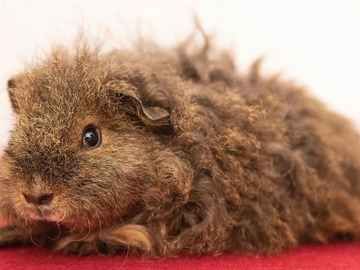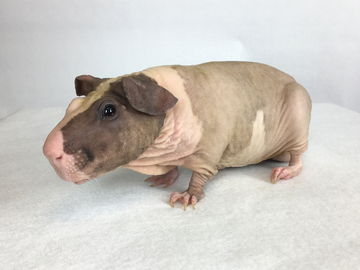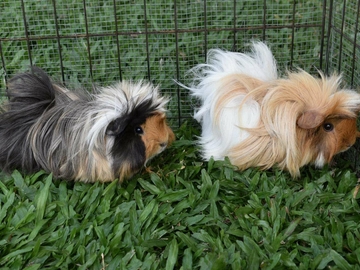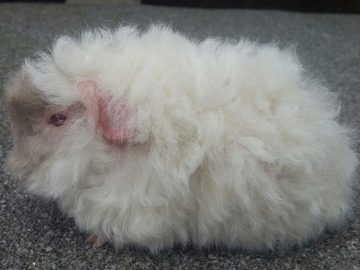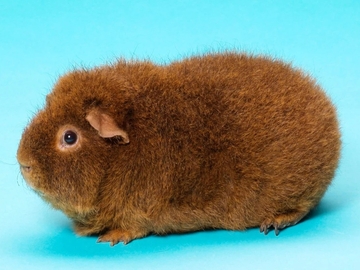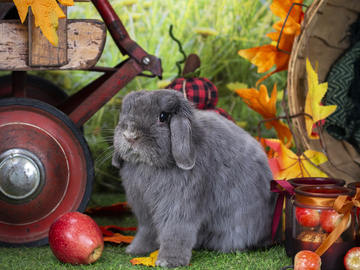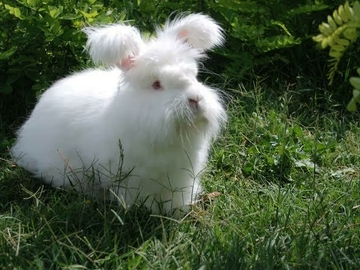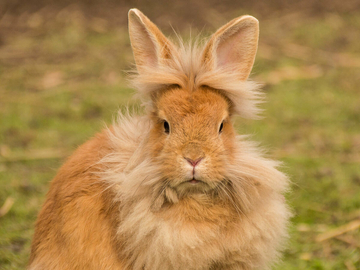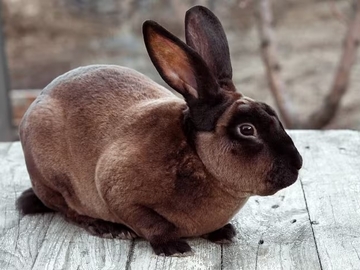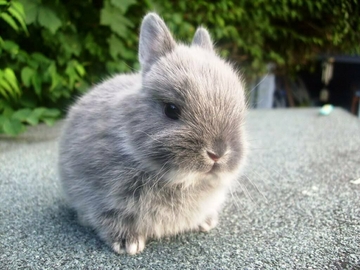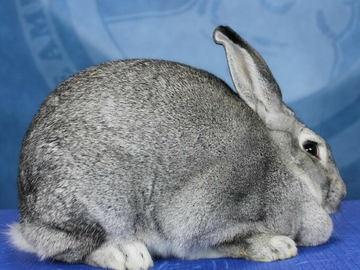
Small Mammal Interactions
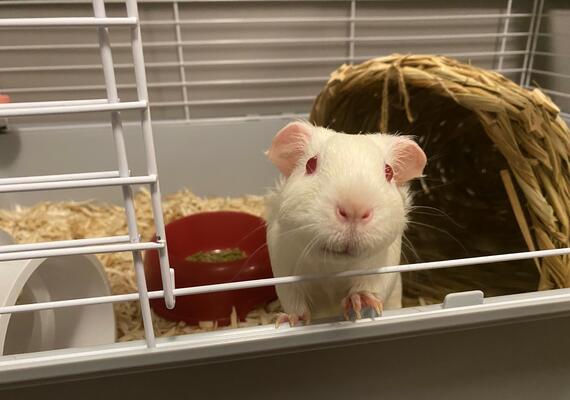
Exotic Animals
In veterinary medicine, we consider an exotic to be any pet that isn’t a dog, cat or farm animal. This would include small mammals, like rabbits and hamsters, reptiles, amphibians, birds, and fish! Proper husbandry, or the way we take care of animals, is a very important part of keeping exotic pets healthy. Here you can meet three different exotics and learn a little bit about them and how we take care of them!

Hamsters
Hamsters are very popular starter pets but they have some unique care requirements. They are solitary creatures and can be territorial so they do best on their own. Often they are fed a seed mix diet, similar to what is pictured on the right, but they will pick out their favourites and leave the rest. This can lead to nutritional imbalances or problems like obesity. Using a uniform commercial pelleted diet can eliminate this risk. In their natural environment, they burrow underground and create a complex network of tunnels. Therefore, in captivity, we should provide them with the same opportunity. We can provide bedding that is 4-10 cm deep for them to dig through. It can be really fun watching them perform their natural behaviours and create a tunnel network in their enclosure!

Chinchillas
Chinchillas are social animals and prefer to live in groups. They require daily exercise and are very good jumpers! It is important to provide them with dust baths to maintain their coat integrity. Dust bathing will remove oils from their very soft and dense fur. It is not recommended to use water to bathe chinchillas. Their diet is similar to a guinea pig because they need to have access to hay at all times. Treats such as seeds can be given but only in moderation to prevent obesity and other metabolic problems.
Guinea Pigs
Meet Lance and Ahlyn, one of our student’s pet guinea pigs! Learn about guinea pigs, handling, husbandry, and guinea pig ownership!

Vocalizations
Wheek: A loud whistling noise that is often made when they are excited. Usually heard before veggie time!
Chut: Bubbly noises that can be heard when a guinea pig is content and exploring their environment.
Rumble Strut: A series of vibrations, head often when a guinea pig wants to establish its dominance over another. It is usually accompanied by a swaying motion.
Purr: A low calm rumbles to signify pleasure.
Shriek: A sharp squeal often in response to fear.
Chatter: Clicking and grinding their teeth together as a dominance display or to indicate displeasure.

Satin Syndrome
Satin syndrome is a genetic disease that is associated with a specific gene that codes for coat texture. A satin guinea pig (pictured on the left) is much silkier and shinier than a regular guinea pig. 38% of satin guinea pigs will develop satin syndrome. This condition causes deformation in their skeletal development and increases their risk of kidney disease. Some clinical signs include, abnormal gait, difficulty chewing hard food, weight loss, lethargy, and increased breathing rate. There is no cure for this condition. Guinea pigs affected by this often have many health problems and a significantly reduced life expectancy. To prevent this, we should avoid breeding satin guinea pigs to try and remove that gene from the population.
Image Credit: Planet SI

Brachiocephalic Syndrome in Rabbits
Bracheocephaly is a term we use to refer to animals that are flat-faced. This is a characteristic that is often considered cute but has some negative side effects. In the veterinary field, we most commonly associate dogs like bulldogs and pugs with this condition because they have been bred to have very short snouts. Rabbits can also be affected by this condition as you see here on the right. The formation of a shorter face through breeding has caused problems like dental malformation and sinus problems in rabbits. These dental malformations can prevent proper ingestion of food which can be a big problem! Regular veterinary check-ups can provide these animals with the routine maintenance, like teeth trims, so they can live a happy life!
African Pygmy Hedgehogs
Meet Lup, one of our student’s pet hedgehogs! Learn about hedgehogs, handling, husbandry, and hedgehog ownership!







